The most frequently used batting advice given by kids' baseball coaches is, "be the ball." It is all about encouraging a youngster to focus on the ball once the pitcher has thrown it. The goal is to increase the chances bat and ball intersect. I have heard coaches get graphic with their batting guidance, like "Do you see the stitching on the ball?" or "Which way is the ball turning?" It is an antidote to distraction.
Challenges with distraction are not just present on the baseball field. They exist in every business in the world. Leaders have countless shiny objects to divert their focus, often with negative outcomes. As a customer loyalty consultant, my counsel is often triggered by leader assessments that give evidence to a loss of focus. It can sound like: "We lost sight of our customer" or "We forgot about who really signs our paycheck"
Big data sometimes makes "truly 'getting' the customers" much more difficult. Leaders end up knowing more about demographics and market share than about the hearts and minds of their customers. Neiman Marcus, founder Stanley Marcus, enjoyed saying: "A market never bought a thing in my store, but a lot of customers came in and made me a very rich man!"
How can you "be a customer?" We all know about the power of focus groups, field ride-a-longs or call center sit-alongs, empathy walks, customer journey mapping, customer interviews, even phoning your own unit, disguising your voice, and asking for something out of the ordinary. These are the tools of organizations with an interest in the customers. What are the practices of organizations obsessed with customers—companies like Ritz-Carlton, Amazon, Chick-fil or USAA? Here are four practices that will change your approach to "being the customer" helping you to remain perpetually focused on customers' hopes, not just their needs.

We all know about the power of focus groups, field ride-a-longs or call center sit-alongs, empathy walks, customer journey mapping, customer interviews, even phoning your own unit, disguising your voice, and asking for something out of the ordinary.
1. Learn from the People Who Know
The mayor of Santa Clarita, north of Los Angeles, was eager to know what mattered most to his citizens and to gain an appreciation for the civic issues about which they complained. He knew sending out a survey might not yield the insights needed. He held the city's first annual hairdresser's banquet to learn the real truth. Not only did their gossip turn into the intelligence he sought; he was able to position hairdressers as valuable advocates for the city. Who really knows your customers? It is the hotel general manager who held quarterly focus groups with the taxi drivers who hung around his hotel property to transport guests to the airport. The security guard's assessment of the demeanor of a departing key customer can sometimes be more instructive than forty surveys.
2. Become a Customer Anthropologist
In Product Development Performance, authors Kim Clark and Takahiro Fujimo relate how Mazda went about creating a new high-performance car for Japanese young professionals' market. Its first step was to put together a team of people who would design it, manufacture it, deliver it, and sell it; every step of the drawing board-to-showroom process was represented. Team members didn't sit in the office sifting through reams of market research. Instead, Mazda sent them out for six months to live with the people who the company hoped would be buying the car. They went skiing with targeted owners. They went out to eat and to nightclubs with them. They came back with such an intimate understanding of what their customers wanted this new car to be and do that they created a metaphor instead of a set of expectations: The perfect car, to its customers at least, would come across as "a rugby player in an evening suit"—rugged but feline, socially recognized, polite, sportsmanlike, strong and secure, orderly, likable, bright, and elegant.
3. Walk In Your Customer's Moccasins
My wife's hairdresser, Johnny Adair, has been known to get a permanent. Why? "I see my customers' facial expressions of vulnerability, embarrassment, or discomfort, I wanted to know more about what I could do to lighten their emotional and physical burden. Experiencing what they go through has enhanced my attention to the details I can manage to make getting a permanent a little less unpleasant." This is more than simply paying attention to your customer's world to learn what is being experienced and how it can be improved. Like the immersion of an anthropologist in the habits and mores of the people of a culture, Johnny imbeds himself rather than simply observing.
4. Go to School on Your Customers
General George Patton soundly defeated German General Erwin Rommel in the famous Battle of the Bulge during World War II. When asked his secret, Patton pronounced, "I read his damn book!" Going to school means learning as much as possible about what customers are like today and anticipating where they will be. Customer interviews, surveys and focus groups are at best looking in a rear-view mirror—where the ball was.
Today's customers alter their expectations way too rapidly to rely solely on what they reported. Instead it is vital to anticipate where customers are going by deeply valuing where they are. Any combat unit can figure out where their enemy is located. Victory comes in figuring out where their enemy will be."
Organizations obsessed with their customers get focused and stay focused fifty-two weeks a year, not just during customer service week in October. They employ unorthodox approaches to ensure accurate focus and signal by their actions that customer intelligence is a top priority, not just a "nice-to-do" after you have taken care of the bottom line. “He who chases two rabbits at once,” goes an old German proverb, “will catch none.”
Source: Forbes
|
Training Program CCO - CHIEF CUSTOMER OFFICER From finding customer |
Training Program CMO - CHIEF MARKETING OFFICER Redefining the role of the |









.jpg)
.jpg)
